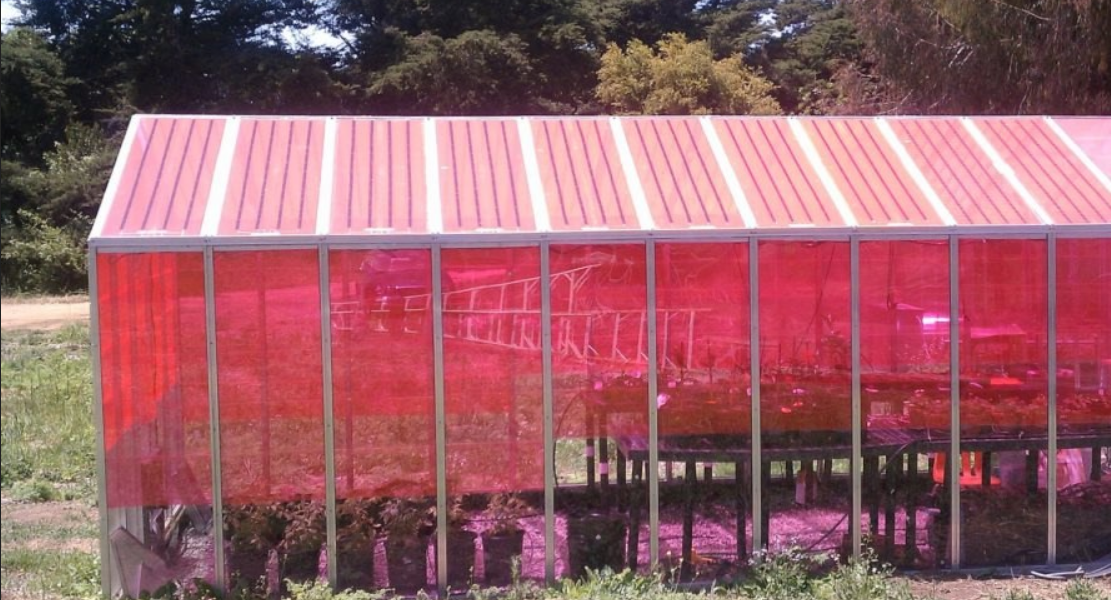
Smart greenhouses generate electricity without affecting crop growth
On October 6, 2017 by AnilResearchers have developed innovative “smart” solar greenhouses capable of generating renewable electricity without impeding plant growth. In these electricity-generating solar greenhouses, initial crops of tomatoes and cucumbers exhibited the same health as those cultivated in traditional greenhouses, according to scientists. This breakthrough is achieved through the use of Wavelength-Selective Photovoltaic Systems (WSPVs), a cutting-edge technology that is more efficient and cost-effective in electricity generation than conventional photovoltaic systems.
The solar greenhouses are equipped with transparent roof panels containing a vibrant magenta luminescent dye that absorbs light and transfers energy to narrow photovoltaic strips, where electricity is generated. WSPVs selectively absorb certain wavelengths of light while allowing others to pass through, enabling plant growth. Co-authors Sue Carter and Glenn Alers, physics professors at UC Santa Cruz, developed the WSPV technology and founded Soliculture in 2012 to bring it to the market.

In experiments with 20 varieties of crops, including tomatoes, cucumbers, lemons, limes, peppers, strawberries, and basil, the team observed photosynthesis and fruit production. Remarkably, 80% of the plants were unaffected, and 20% even exhibited improved growth under the magenta panels. Tomatoes and cucumbers, key greenhouse-produced crops globally, showcased positive outcomes.
Additional experiments revealed a small water savings associated with tomato photosynthesis inside the magenta glasshouses, with a 5% reduction in water requirement for the same yield compared to conventional glasshouses. Despite the darker conditions under the magenta panels, the plants grew just as well, highlighting the adaptability of plants to different light colors.

Reducing energy consumption in greenhouses is crucial as global greenhouse usage for food production has surged six-fold in the past two decades. The technology’s potential to make greenhouses self-sufficient is significant, with a cost per panel of WSPV technology at 65 cents per watt – 40% less than traditional silicon-based photovoltaic cells. This on-site electricity generation in greenhouses not only reduces the reliance on external sources but also contributes to lower greenhouse gas emissions, addressing a key environmental concern.
Calendar
| M | T | W | T | F | S | S |
|---|---|---|---|---|---|---|
| 1 | 2 | 3 | 4 | 5 | 6 | 7 |
| 8 | 9 | 10 | 11 | 12 | 13 | 14 |
| 15 | 16 | 17 | 18 | 19 | 20 | 21 |
| 22 | 23 | 24 | 25 | 26 | 27 | 28 |
| 29 | 30 | 31 | ||||